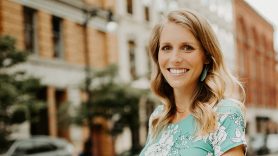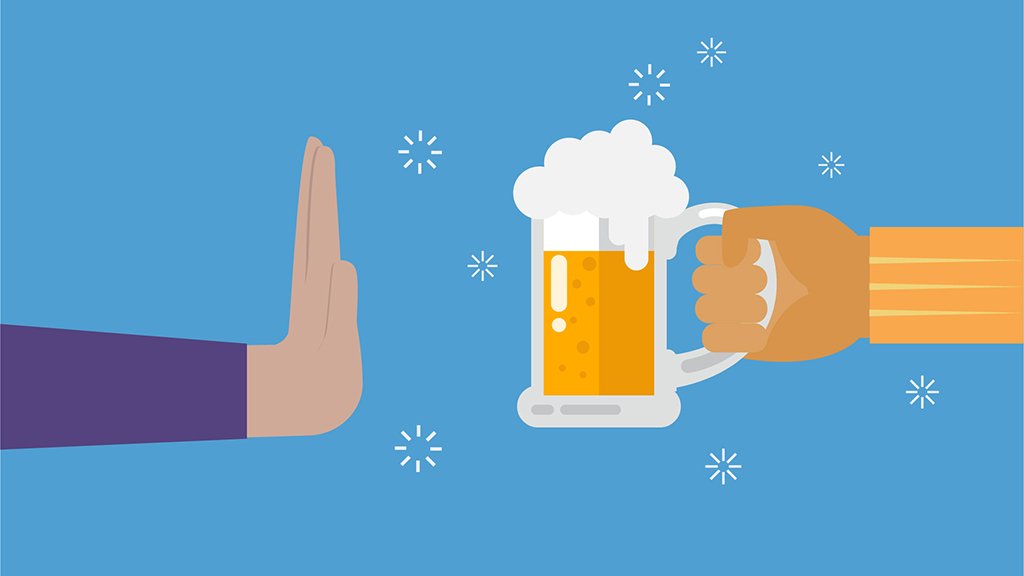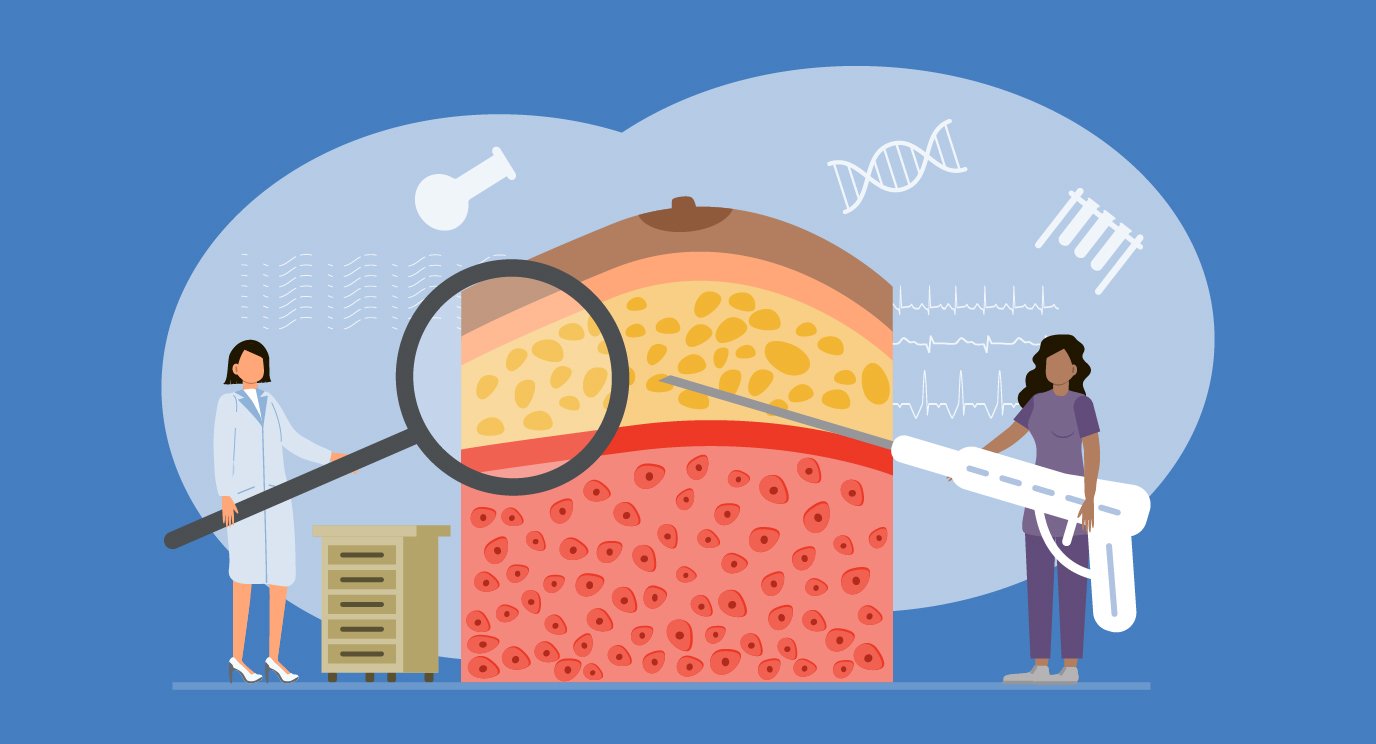- Diseases
- Acoustic Neuroma (14)
- Adrenal Gland Tumor (24)
- Anal Cancer (66)
- Anemia (2)
- Appendix Cancer (16)
- Bile Duct Cancer (26)
- Bladder Cancer (68)
- Brain Metastases (28)
- Brain Tumor (230)
- Breast Cancer (718)
- Breast Implant-Associated Anaplastic Large Cell Lymphoma (2)
- Cancer of Unknown Primary (4)
- Carcinoid Tumor (8)
- Cervical Cancer (154)
- Colon Cancer (164)
- Colorectal Cancer (110)
- Endocrine Tumor (4)
- Esophageal Cancer (42)
- Eye Cancer (36)
- Fallopian Tube Cancer (6)
- Germ Cell Tumor (4)
- Gestational Trophoblastic Disease (2)
- Head and Neck Cancer (6)
- Kidney Cancer (124)
- Leukemia (344)
- Liver Cancer (50)
- Lung Cancer (288)
- Lymphoma (284)
- Mesothelioma (14)
- Metastasis (30)
- Multiple Myeloma (98)
- Myelodysplastic Syndrome (60)
- Myeloproliferative Neoplasm (4)
- Neuroendocrine Tumors (16)
- Oral Cancer (100)
- Ovarian Cancer (170)
- Pancreatic Cancer (164)
- Parathyroid Disease (2)
- Penile Cancer (14)
- Pituitary Tumor (6)
- Prostate Cancer (144)
- Rectal Cancer (58)
- Renal Medullary Carcinoma (6)
- Salivary Gland Cancer (14)
- Sarcoma (236)
- Skin Cancer (296)
- Skull Base Tumors (56)
- Spinal Tumor (12)
- Stomach Cancer (60)
- Testicular Cancer (28)
- Throat Cancer (90)
- Thymoma (6)
- Thyroid Cancer (98)
- Tonsil Cancer (30)
- Uterine Cancer (78)
- Vaginal Cancer (14)
- Vulvar Cancer (18)
- Cancer Topic
- Adolescent and Young Adult Cancer Issues (20)
- Advance Care Planning (10)
- Biostatistics (2)
- Blood Donation (18)
- Bone Health (8)
- COVID-19 (362)
- Cancer Recurrence (120)
- Childhood Cancer Issues (120)
- Clinical Trials (628)
- Complementary Integrative Medicine (24)
- Cytogenetics (2)
- DNA Methylation (4)
- Diagnosis (230)
- Epigenetics (6)
- Fertility (64)
- Follow-up Guidelines (2)
- Health Disparities (14)
- Hereditary Cancer Syndromes (124)
- Immunology (18)
- Li-Fraumeni Syndrome (8)
- Mental Health (118)
- Molecular Diagnostics (8)
- Pain Management (62)
- Palliative Care (8)
- Pathology (10)
- Physical Therapy (18)
- Pregnancy (18)
- Prevention (898)
- Research (392)
- Second Opinion (74)
- Sexuality (16)
- Side Effects (604)
- Sleep Disorders (10)
- Stem Cell Transplantation Cellular Therapy (216)
- Support (404)
- Survivorship (322)
- Symptoms (184)
- Treatment (1776)
After my stomach removal, I've never looked back
4 minute read | Published September 03, 2020
Medically Reviewed | Last reviewed by an MD Anderson Cancer Center medical professional on September 03, 2020
In 2014, I learned that I carry a genetic mutation called CDH1, which markedly increases my risk of developing breast and stomach cancers. I was only 25 when I found out, so my original plan was to monitor myself carefully. I’d have my stomach examined annually with a scope and get mammograms twice a year.
I knew that a prophylactic total gastrectomy — the complete removal of my stomach as a preventive measure — was the current recommendation for people with this gene. But I was still a newlywed at the time, and my husband and I wanted to wait until after we’d had children to take such a drastic step.
Despite having two endoscopies that showed no evidence of disease, the risk of developing stomach cancer was always in the back of my mind. One day, at age 27, I finally decided I’d worried enough.
Why I chose MD Anderson for my preventive stomach cancer surgery
Anyone who hears they should have their stomach removed because there’s a good chance they’ll develop cancer in it one day is going to be a bit shocked. It definitely makes you want to find the best doctor to do it!
The first genetic counselor we met with recommended we choose a surgeon who treats lots of families with CDH1. She gave us a list of physicians and hospitals to consider, so we did some research and made some phone calls.
MD Anderson surgeon Dr. Paul Mansfield was one of the surgeons on that list. MD Anderson is the No. 1 hospital for cancer care. And because Dr. Mansfield had performed the same procedure on my mother, having him perform my surgery just made sense. My mom received such amazing care from him that I knew MD Anderson was where I wanted to go, too.
Dr. Mansfield removed my stomach on May 16, 2017.
Life after my total gastrectomy
During a total gastrectomy, the stomach is completely removed from the body and the esophagus is reattached directly to the small intestine. So, there was a lot of trial and error in figuring out which foods I could eat comfortably in the first few months after surgery.
Eating too much or too quickly now makes me feel really sick. I also have to avoid sugary and fried foods. Mostly, I just eat a high-protein diet, but with much smaller portions. I also eat frequently throughout the day.
The hardest and most surprising parts of not having a stomach
The hardest part of not having a stomach is probably that I rarely feel thirsty. So, I don't have that visceral cue anymore to prompt me to drink. I have to make a conscious effort to hydrate myself now. In the first few months after my surgery, I had a water bottle marked by the hour, just for the visual reminder.
The most surprising aspect of not having a stomach was discovering how hard it is to drink plain water. It literally feels like it’s stuck in my esophagus — and a lot of the other gastrectomy survivors I’ve talked to say the same.
Apparently, it has something to do with high surface tension, so drinking fluids with lower surface tension — like watered-down juices or sugar-free sports drinks — makes it easier. Finding the right cup, bottle and straw also helps.
Why I’ve never looked back after my gastrectomy
In the years since my surgery, the biggest lesson I’ve learned is that you don’t need a stomach to live a healthy life.
I’ve developed and maintained a new normal since 2017, even without a stomach. I do still feel “hungry” sometimes, but it’s more of a sense of emptiness (and a sign that my blood sugar is low) than anything else. I’ve regained all eight pounds I lost after surgery and have been working out and running again, which is great.
Today, I’m pregnant with my first child. And, other than a few modifications to my vitamin regimen and glucose monitoring methods, my pregnancy has been pretty normal. I even dodged the morning sickness bullet — so that was an unexpected benefit of not having a stomach!
At first, I wondered if I might’ve jumped the gun in having my stomach removed. But a few weeks after my surgery, the pathology report came back. It showed that there was already signet ring cell carcinoma in the lining of my stomach, which is consistent with the CDH1 gene mutation.
So, technically, I already had stomach cancer; I just didn’t know it yet. When I got that news, I knew I’d made the right decision. And I have never looked back.
Request an appointment at MD Anderson online or by calling 1-855-679-1546.

You don’t need a stomach to live a healthy life.
Emily Aldrich
Survivor





